
September 11, 2025
with Kateryna Byelova
Read more
Video
Internal comms is more than just sending emails and writing intranet articles – it’s the heartbeat of every successful organization! On the You've Got Comms Podcast, powered by Staffbase, we dive into the latest trends, challenges, and best practices shaping the IC world.


with Kateryna Byelova

with Blake Aviles
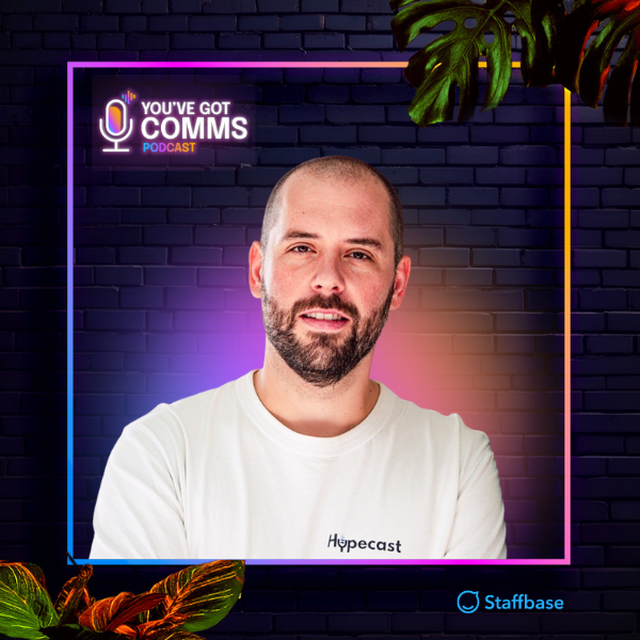
with Maximilian Conrad
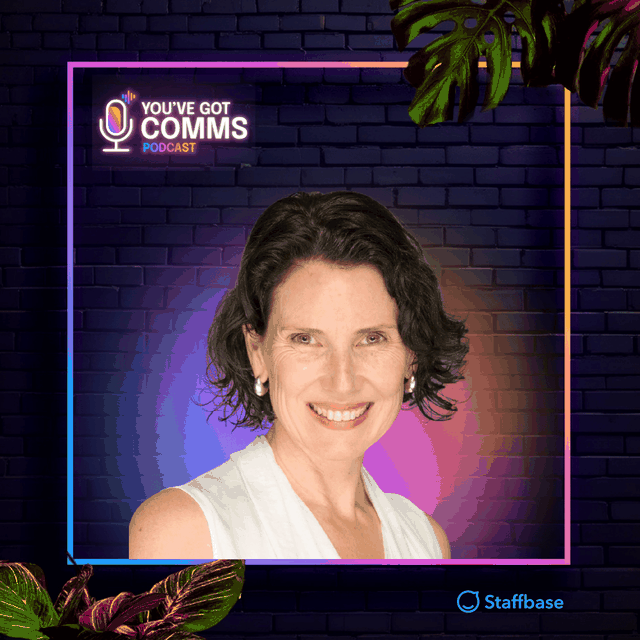
with Monique Zytnik
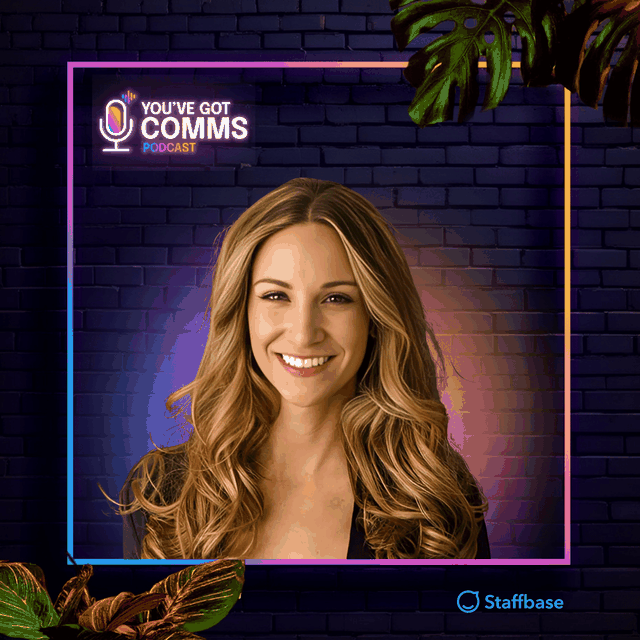
with Andrea Holland

with Regine Nelson
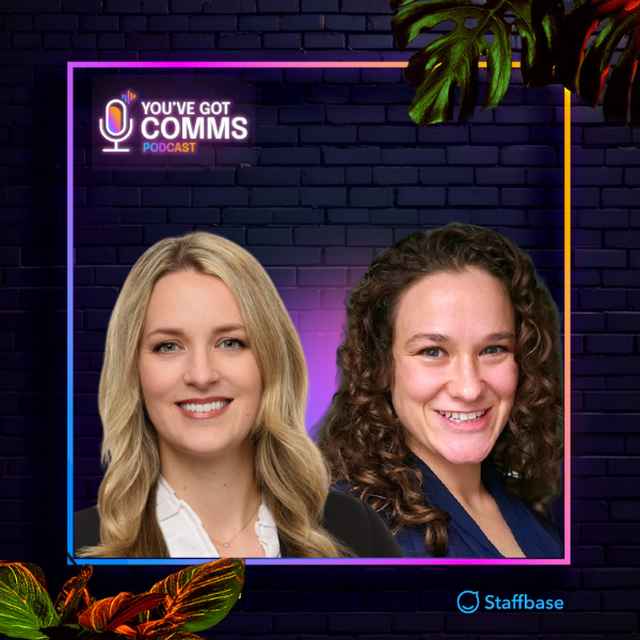
with Amy Dietz & Avalon Taylor
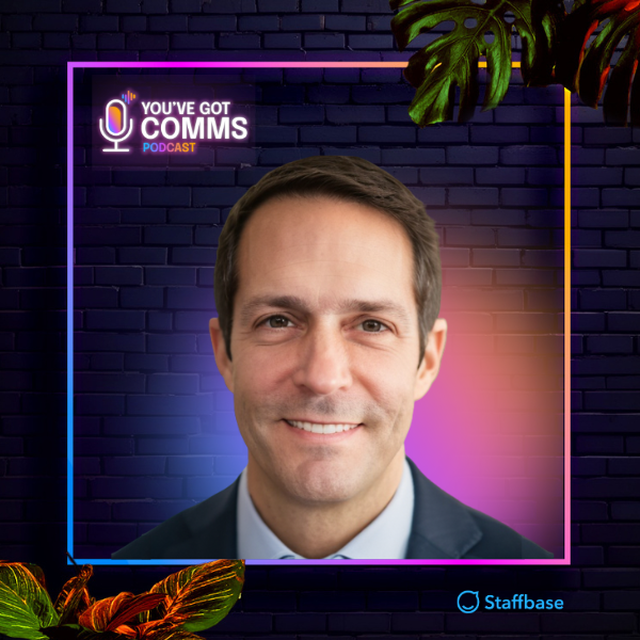
with Nicholas Bruneau